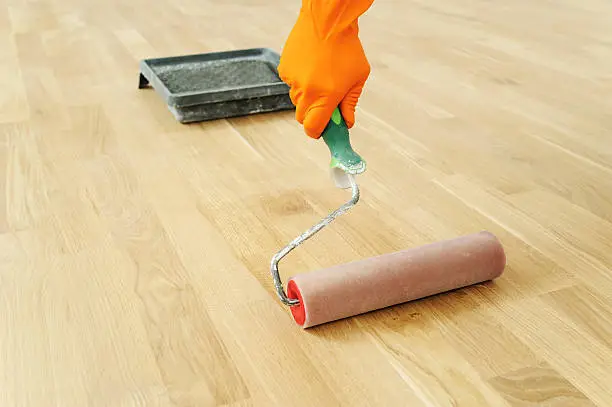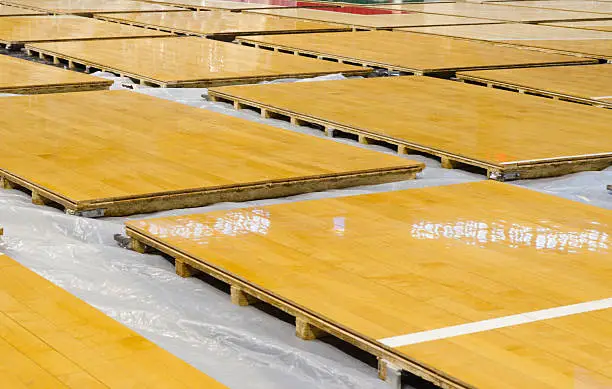How to Choose the Right Sports Wood Flooring for Humid Environments: Solutions for Poolsides and High-Humidity Spaces
When it comes to choosing sports wood flooring for areas with high humidity, such as around swimming pools or gymnasiums with high moisture levels, several factors must be considered to ensure durability, safety, and comfort. Wood, being a natural material, can be particularly sensitive to moisture. Prolonged exposure to humidity can cause warping, swelling, or mold growth, all of which can compromise the functionality of your flooring. But with the right approach, you can prevent these issues and select a wood floor that will last for years, even in challenging environments.
1. Understand the Environment: Humidity and its Effects
The first step is understanding the specific humidity levels of your environment. Areas like poolsides or high-humidity sports facilities often have moisture levels that can reach 60% and above. Such environments demand a wood floor that can handle not just moisture, but also frequent water splashes and temperature changes. When choosing wood flooring for these spaces, it’s crucial to take into account the climate and specific needs of the area.
2. Choosing the Right Wood Species
Not all wood species are created equal, and some are more suitable for humid environments than others. Tropical hardwoods like Ipe, Teak, or Mahogany are known for their high resistance to moisture and natural durability. These species tend to absorb less water and are much less likely to warp or expand under humidity. If you’re working with a budget, engineered wood might be a good alternative. It’s composed of layers, which help prevent warping while offering a similar aesthetic to solid wood.
3. Use of Special Treatments and Coatings

To further protect the wood from moisture-related damage, you can apply special water-resistant coatings or treatments. Waterproof sealants are essential for high-moisture areas. These coatings not only create a barrier against moisture but also prevent mold and mildew from forming. Regular maintenance and re-coating are important, as these layers may wear off over time due to foot traffic or exposure to water. Additionally, moisture-resistant treatments like Acid-Catalyzed finishes and UV-cured coatings can offer extra protection.
4. Opting for Engineered Wood Flooring
While solid wood has its charm, engineered wood can often be a more practical choice for humid environments. Engineered wood consists of multiple layers of veneer, providing more stability and less susceptibility to warping under moisture. Its dimensional stability ensures it won’t expand or contract as much as solid wood, making it an excellent option for places like poolsides or gyms that deal with high humidity levels.
5. Flooring Installation Considerations

Proper installation is key when dealing with high-humidity environments. Ensure the subfloor is moisture-resistant, as a poor subfloor can cause mold or mildew to grow underneath the flooring. For example, moisture barriers are essential in high-humidity areas, as they prevent excess moisture from being absorbed into the wood. In addition, leave sufficient gaps around the edges of the floor to allow for expansion and contraction as the wood reacts to changes in moisture.
6. Regular Maintenance and Monitoring
To prolong the life of your sports wood flooring, regular maintenance is critical. Sweep and mop the floors regularly to avoid dirt buildup, which can trap moisture. Consider using dehumidifiers or improving ventilation in the area to reduce humidity levels. Furthermore, inspect the flooring periodically for signs of damage or wear, such as cracks, warping, or discoloration.
Choosing the right sports wood flooring for humid environments involves a combination of factors: selecting moisture-resistant wood, using proper treatments, ensuring correct installation, and committing to ongoing maintenance. By making the right choices and staying proactive, you can enjoy the durability and aesthetic appeal of wood floors in even the most moisture-laden spaces.